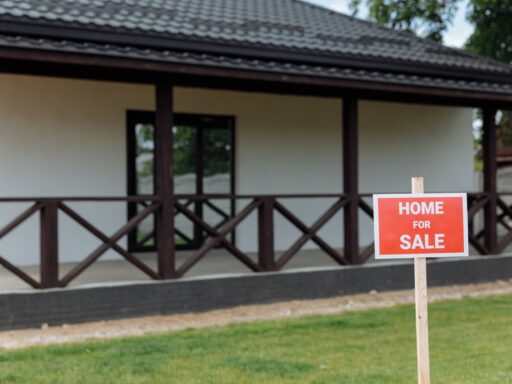Are you a landlord wondering what you can do to protect your properties? As a landlord, you have a lot on your plate. The last thing you want to worry about is damage to your property or a major issue with a tenant.
Luckily, there’s a lot that you can do to protect yourself as a landlord. Check out this guide to discover the top tips for landlords when it comes to protecting their properties.
1. Screen your Tenants
Screening your tenants is one of the best ways you can protect yourself as a landlord and avoid the issue of residential or commercial eviction. In addition to running a background check and having potential tenants fill out a rental application, here’s what else you need to do:
You should never bend these rules for anybody. No matter how nice someone may seem, you never know what type of renter they are until they’re living in one of your properties.
Also, if you’re renting to someone younger who can’t provide you with things like pay stubs or references from previous rental properties, make sure they have a cosigner (such as a parent).
2. Invest in Landlord Insurance
Investing in landlord insurance is another important thing you can do to protect your properties.
While landlord insurance isn’t mandatory, it can definitely be helpful in the long run. Landlord insurance typically covers things like property damage, liability claims, and loss of income.
It’s important to keep in mind that landlord insurance is different than homeowner’s insurance. Oftentimes, homeowner’s insurance won’t give you the full coverage that you need. For example, homeowners insurance doesn’t cover losses associated with collecting rent.
You need to remember that owning a home is a lot different than owning a home and renting it out. Your tenants may destroy your property, injure themselves, stop paying their rent, or sue you. Landlord insurance ensures that you’re covered for all of these things.
3. Have Renters Get Their Own Insurance
In addition to getting landlord insurance, you should also make it a requirement that all of your tenants get renter’s insurance.
This requirement should be stated in the lease agreement. This way, if something happens to your tenants’ personal property, the responsibility does not fall on you.
However, make sure your tenants understand exactly what renter’s insurance covers so there aren’t any disputes. Renter’s insurance covers damage or loss to property as a result of theft, fire, or vandalism. It also covers the liability of the tenant in the event that a guest is injured on the premises.
4. Create a Quality Lease Agreement
Don’t be tempted to just print a lease agreement from the internet and call it a day.
Instead, take the time to draft up your own lease agreement and have an attorney look it over. While having an attorney look over your lease will cost you extra money, it’s the best way to ensure that your lease is both legally compliant and it protects your rights.
Also, don’t just have any old attorney look over your lease. Instead, make sure you hire an attorney with experience in the real estate sector. Ideally, you want to find an attorney who has experience drafting lease for your specific type of property. For example, if you’re renting out a commercial property, then you want to find an attorney with commercial leasing experience.
5. Ask for a Security Deposit
Asking for a security deposit is another important step to take in protecting your property.
A security deposit is paid by the tenant at the beginning of the lease and returned to them at the end of the lease. If the tenant has caused any damage to the property, you can deduct the amount it takes to fix that damage from the security deposit.
Obviously, most tenants are hoping to get their full security deposit back, so this is a great incentive for them to take care of the property. Also, as a landlord, this way you can be positive that you’ll have the money required to fix any damages.
The amount you want to charge for your security deposit is up to you. Some landlords ask for a full month’s rent, while others ask for half or less.
6. Document the Condition of the Property
Before you have new tenants move in, it’s very important that you document that condition of the property. This way, there will be no disputes over whether or not you can charge for property damage at the end of the lease.
Your documentation of the property should be extensive. Go through each room and take pictures of the ceiling, walls, and floors. Also make sure to take close up photos of appliances, lighting fixtures windows, and doors.
If you notice any damage, take a close up picture of it and make a note of it, no matter how small the damage is. When you’re done going through the property, timestamp your documents and put them on a safe file on your computer. When tenants move out, make sure you re-document everything.
Tips for Landlords: Time to Protect Your Property
Now that you’ve read these tips for landlords, it’s time to put them into action. Making use of these tips will help protect your property and will make your job as a landlord a lot easier.
Be sure to check back in with our blog for more property management tips and tricks.







